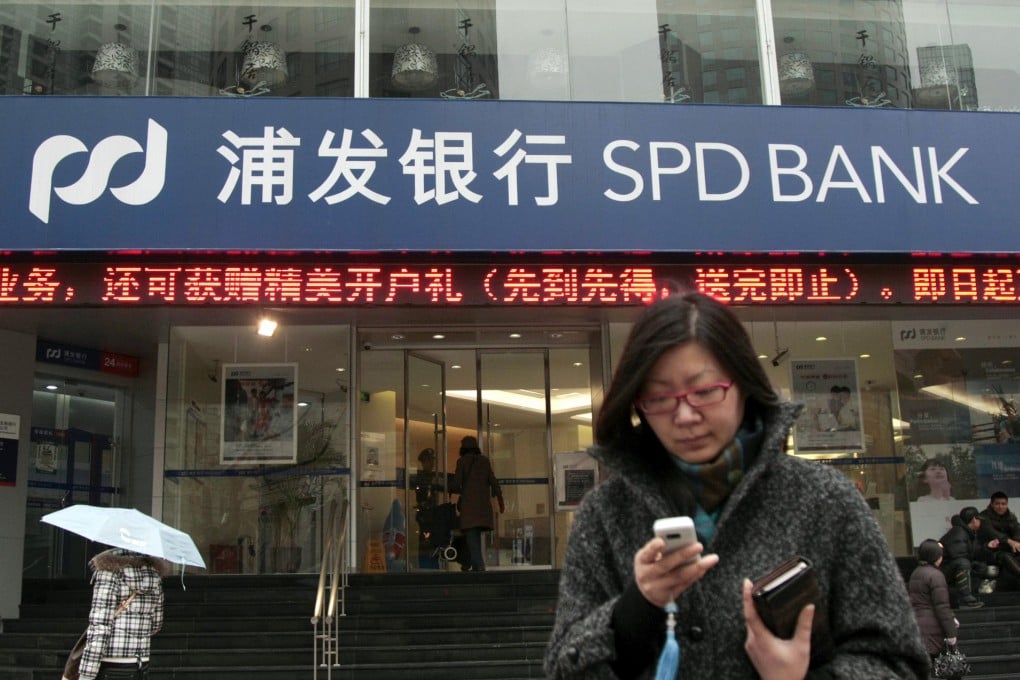New | Coastal slowdown rears its ugly head in Pudong Bank results
Chinese lender's first half shows impact of exchange rate fluctuations and economic slowdown on manufacturing, retail and wholesale sectors

From foreign exchange uncertainties to the slowdown in China's coastal powerhouses, Shanghai Pudong Development Bank's half-yearly results yesterday provided a glimpse of all that ails the country's economy today.
Even before Beijing changed the yuan's pricing mechanism last week, customers at the bank have been swapping out of the yuan. Demand for foreign currencies at the bank was up 7 per cent in the first half.
The bank yesterday reported it had incurred foreign exchange losses of 499 million yuan (HK$604 million) in the first half, from a miniscule 19 million yuan a year ago. Lending revenue at the bank was, however, up by 10.14 per cent, amounting to 64 billion yuan. However, the growth was offset by a steep 73.35 per cent increase in the provisions it needs to make room for its deteriorating bad debt. The bank's assets were up 9.72 per cent to 4.6 trillion yuan.
The bank's total non-performing loan (NPL) level has now hit 1.28 per cent, from 1.06 per cent six months ago.
At the centre of the bank's bad debt are its main clients in manufacturing, retail and wholesale. They have been hurt by fluctuations in exchange rates and economic slowdown. Some 3 per cent of all loans the bank extended to manufacturers and 2.03 per cent to retailers and wholesalers have gone bad.
Unlike state-owned banks whose balance sheets have higher state-backed exposure in lending, Shanghai Pudong is a joint-stock bank. It focuses on lending to private businesses and personal lending to the upwardly mobile in coastal provinces.
